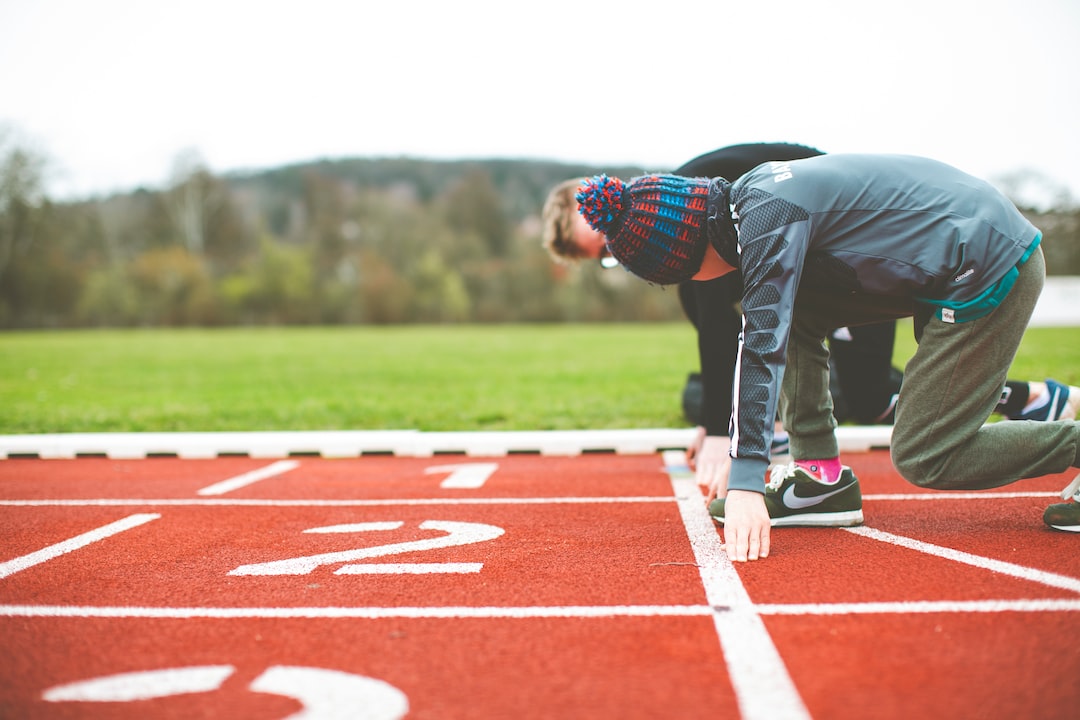Athletic injuries are a common occurrence in sports, and they can be debilitating for athletes. One of the most important aspects of recovery is properly rehabilitating the injured athlete through stretching, which plays an integral role in the recovery process. Stretching helps to promote flexibility, reduce muscle tension and soreness, improve blood flow and reduce the risk of further injury. It is an effective tool that can be used to restore an athlete’s mobility and restore their range of motion.
Stretching involves a series of movements that help to lengthen and loosen tight muscles, tendons and ligaments. There are many different types of stretching techniques, including static stretching, dynamic stretching, PNF (proprioceptive neuromuscular facilitation) stretching and ballistic stretching. Each type of stretching is designed to target specific areas of the body with the goal of improving overall flexibility.
The first step in rehabilitating an injured athlete is to conduct a thorough assessment of the injury. This involves examining the injured area, identifying the extent of the damage and determining the underlying cause. Once the assessment is complete, a rehabilitation program can be designed, which may include stretching exercises.
Static stretching involves holding a position where a muscle is stretched to its maximum limit. It is considered the safest and most common type of stretching and is used to stretch tight and sore muscles. Dynamic stretching is used to warm up the body and can be used to increase muscle flexibility. PNF stretching is a more advanced technique, which involves contracting and relaxing muscles to promote greater flexibility.
Ballistic stretching is a more aggressive form of stretching, which can cause further injury if done incorrectly. This type of stretching is not recommended for injured athletes, as the risk of further injury is too great.
Stretching is an important component of strengthening and conditioning programs for athletes. Injured athletes may also have to undergo strength training exercises, including weight lifting and resistance training, to regain strength and muscle mass that may have been lost during the recovery period. A rehabilitation program may also include rest, ice, physical therapy, medication and other forms of treatment depending on the extent of the injury.
In conclusion, the role of stretching in rehabilitating an injured athlete is crucial. It plays an essential role in reducing muscle tension, improving blood flow and promoting flexibility. By using stretching techniques in conjunction with other forms of rehabilitation treatment, athletes can achieve faster and more sustainable results, allowing them to return to their sport sooner. Stretching also helps to prevent injuries, so incorporating a regular stretching routine into an athletic training program is an important step in injury prevention and overall health and fitness.

